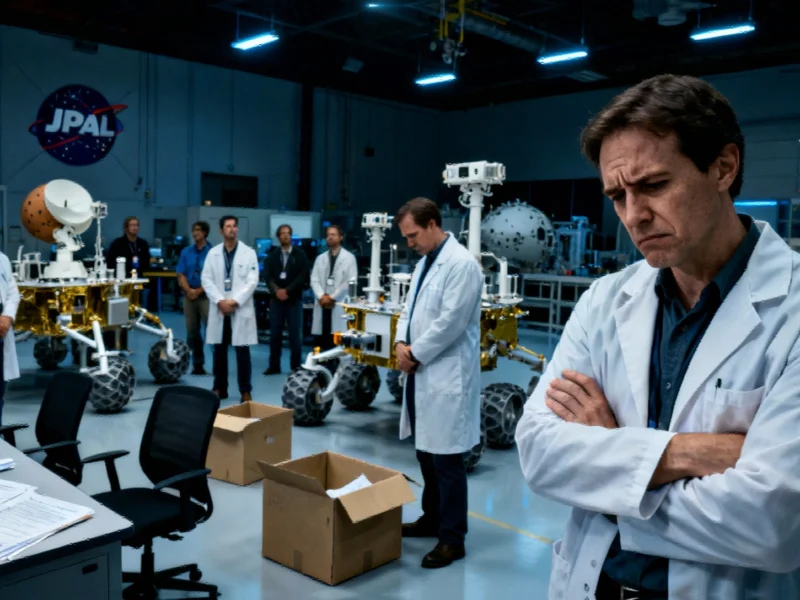SpaceX’s Starlink Expansion Reaches New Heights
SpaceX has officially launched its 10,000th Starlink satellite, marking a significant milestone in the company’s ambitious plan to create a global broadband network. The recent Falcon 9 mission successfully deployed 28 next-generation satellites, demonstrating SpaceX’s continued dominance in the low Earth orbit satellite internet sector. While the total number of launched satellites now exceeds 10,000, approximately 8,500 remain operational in orbit due to the controlled deorbiting of older models.
The Evolution of Starlink’s Network
Since the initial Starlink launch in 2019, SpaceX has transformed from testing an unproven concept to operating the world’s most extensive satellite broadband constellation. The company’s strategy of utilizing spare Falcon 9 payload capacity for Starlink deployments has enabled rapid growth that dwarfs competitors, some of which operate fewer than 100 satellites. This achievement represents one of the most significant recent technology advancements in space-based communications infrastructure.
According to detailed analysis from IMDSolution’s comprehensive coverage of SpaceX’s launch milestones, the company’s methodical approach to constellation development has allowed it to maintain technical superiority while rapidly scaling its operations.
Global Impact and User Growth
Starlink’s influence extends across the globe, with the service now boasting over 7 million customers as of fall 2025. The network provides high-speed internet connectivity to remote and underserved regions worldwide, with notable exceptions including Russia, China, and select nations in Africa and South America. The service has proven particularly valuable in conflict zones, where it has helped maintain Ukraine’s communications infrastructure during ongoing military operations.
The expansion of global satellite networks occurs alongside broader industry developments in technology infrastructure that continue to transform how businesses and communities connect worldwide.
Future Expansion Plans
Despite already operating the world’s largest satellite constellation, SpaceX shows no signs of slowing its expansion. The company has regulatory approval for 12,000 satellites and is seeking authorization for a potential expansion to more than 34,000 units in the coming years. This ambitious growth trajectory is expected to accelerate significantly once the Starship vehicle becomes fully operational.
Current Starship test flights have already demonstrated the capability to deploy prototype Starlink satellites, though only on sub-orbital trajectories. When Starship achieves reliable orbital capability, it could deploy hundreds of satellites per mission, dramatically increasing the pace of constellation development. These related innovations in launch technology could revolutionize satellite deployment economics.
International Competition Intensifies
SpaceX’s success has sparked global interest in satellite broadband, with multiple nations developing competing systems. The European Union is actively pursuing its own constellation project, while Russia plans to begin testing its network in 2027. China’s Guowang satellite network continues to expand steadily, setting the stage for increased competition in the space-based internet sector.
This international race for orbital infrastructure reflects broader market trends toward decentralized communications networks that can operate independently of traditional ground-based infrastructure.
Launch Cadence and Operational Efficiency
The milestone Starlink launch represents the 132nd Falcon 9 mission this year alone, highlighting SpaceX’s unprecedented launch frequency. This operational tempo demonstrates the company’s mastery of rapid rocket reusability and streamlined launch operations. The consistent launch schedule has been crucial for maintaining and expanding the Starlink constellation while simultaneously serving commercial and government customers.
As SpaceX continues to refine its operations, the company faces the ongoing challenge of managing orbital traffic and addressing concerns about space debris. The successful deployment of thousands of satellites while maintaining responsible space operations represents a significant achievement in aerospace engineering and orbital management.
The reliability of modern satellite networks has become increasingly crucial, as demonstrated by recent analysis of internet infrastructure vulnerabilities that highlighted the importance of redundant systems and fail-safe protocols in global communications networks.
Looking Ahead
With the 10,000th satellite now launched, SpaceX stands at a pivotal moment in its constellation development. The coming years will likely see accelerated deployment rates, technological improvements in satellite design, and expanded global coverage. As the space-based internet market becomes increasingly competitive, SpaceX’s head start and technological advantages position it well for continued leadership, though international competitors are quickly mobilizing to challenge its dominance.
The success of Starlink has not only demonstrated the viability of massive low Earth orbit constellations but has also sparked a new era of space-based connectivity that promises to bridge digital divides and create new opportunities for remote communities worldwide.
This article aggregates information from publicly available sources. All trademarks and copyrights belong to their respective owners.
Note: Featured image is for illustrative purposes only and does not represent any specific product, service, or entity mentioned in this article.

